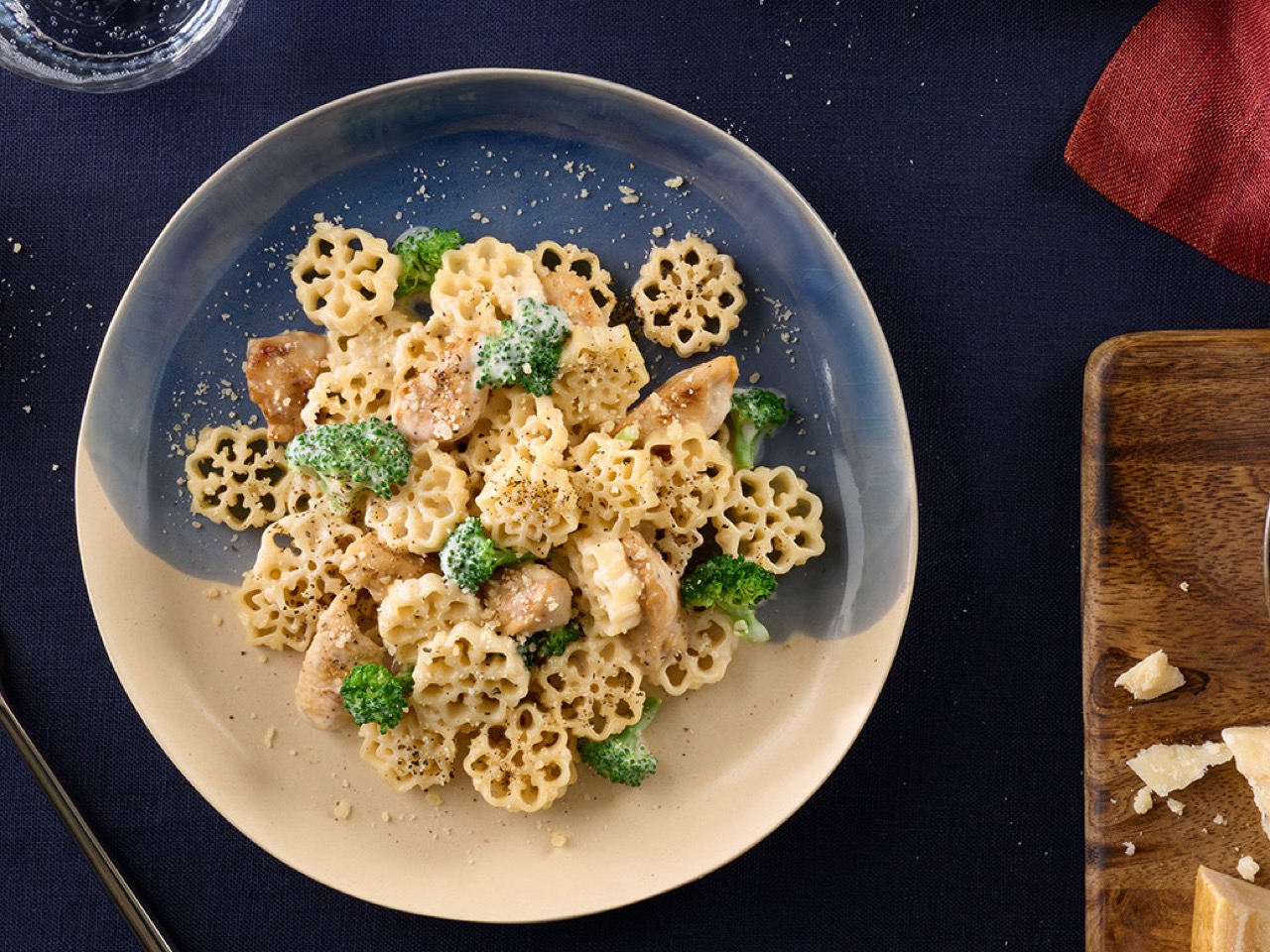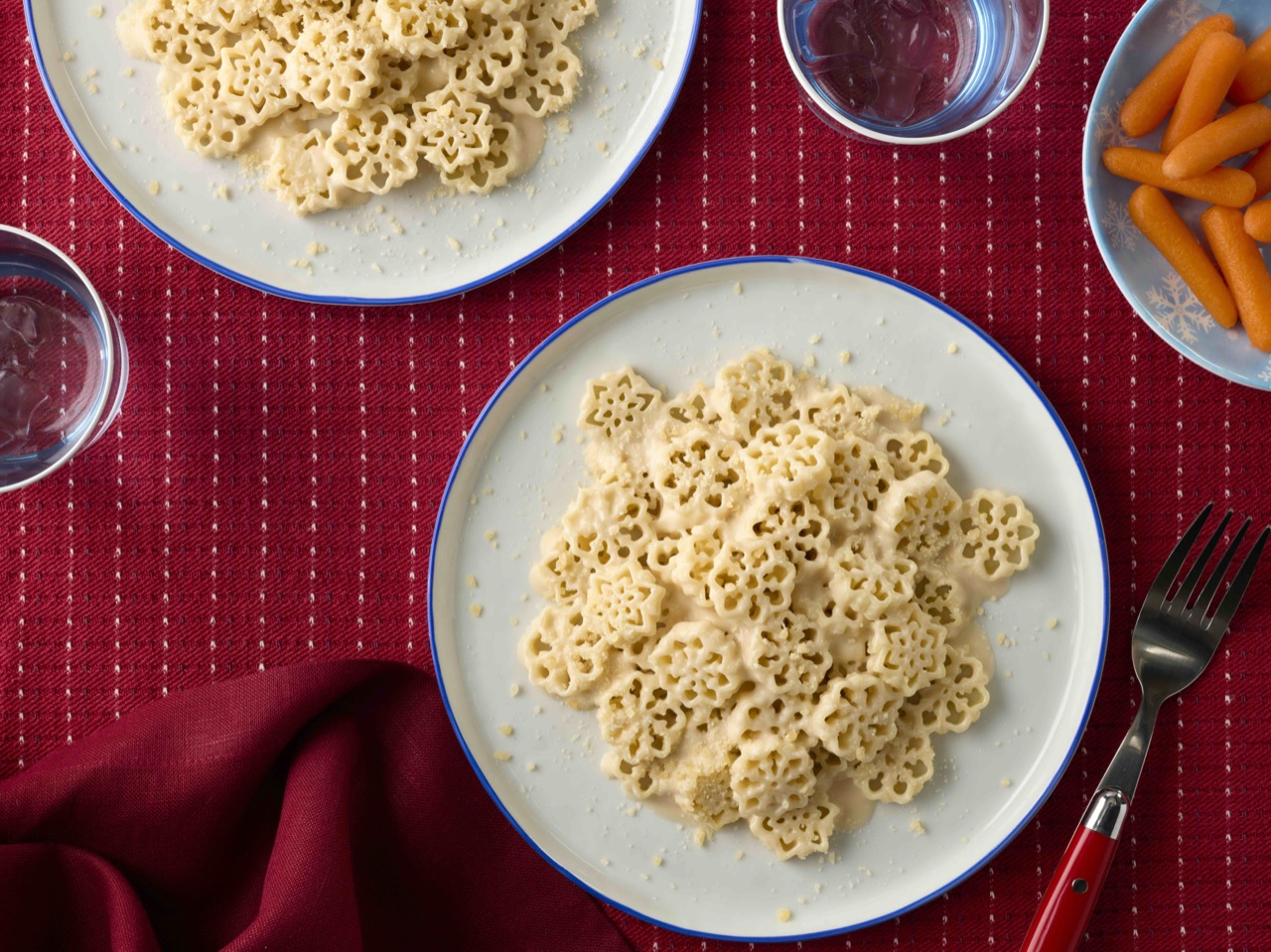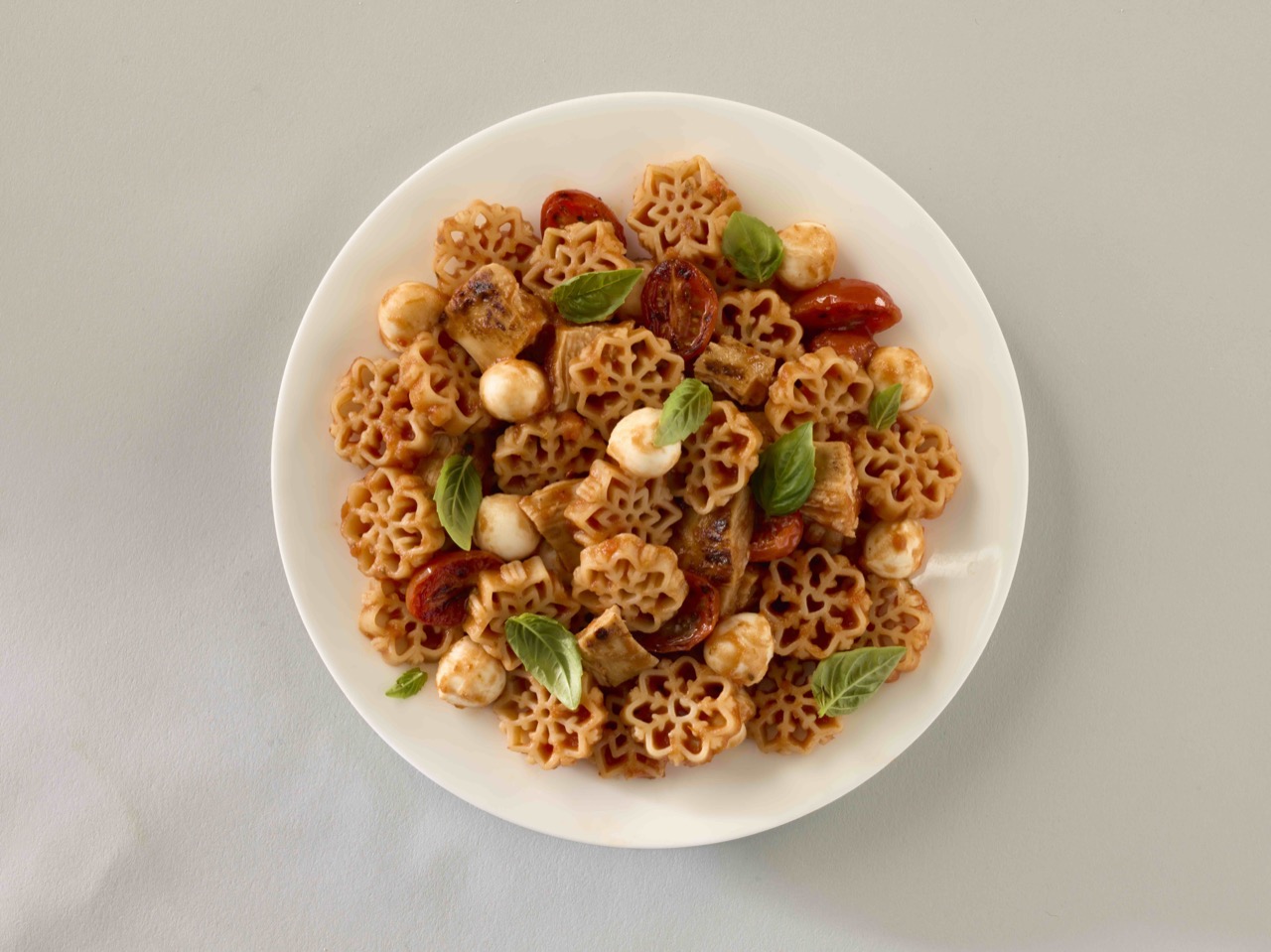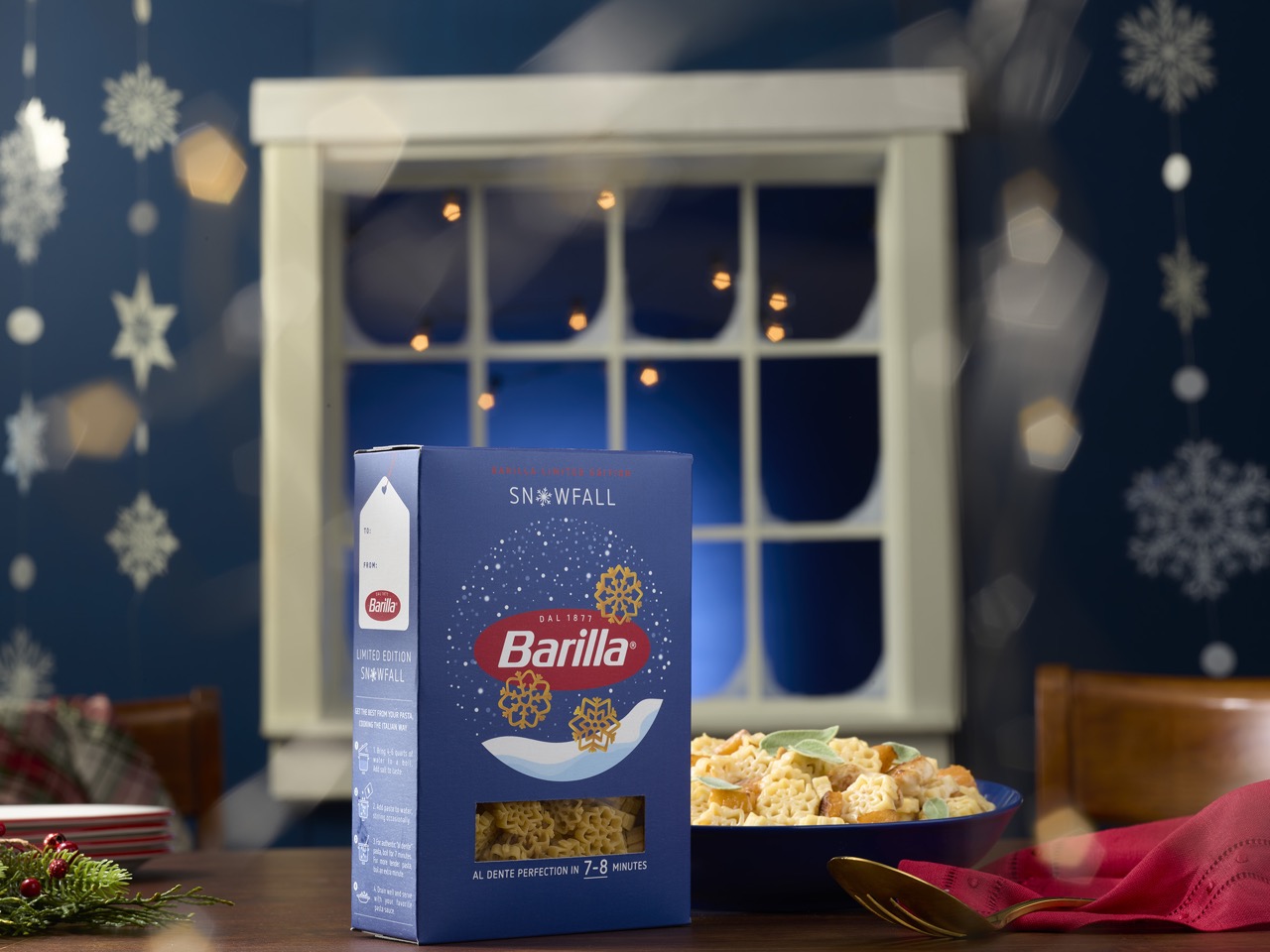
Just when the last of the pumpkin spice dust settles, a new seasonal harbinger arrives, and this one you can boil. Barilla’s Snowfall Pasta is stepping up as winter’s official mascot, a tiny, edible snowflake designed to signal that it is now socially acceptable to cancel all plans in favor of a blanket and a large bowl of something warm.
The whole concept is a fascinating piece of product marketing. Instead of merely suggesting pasta for a cold night, Barilla has manufactured the cold night in pasta form. It’s a limited edition play that transforms a pantry staple into a piece of seasonal decor you can actually eat, making it the perfect centerpiece for the official sport of winter: hibernation.
Designer: Barilla

This move is part of a larger, more deliberate calendar Barilla seems to be building. According to their own press releases, Snowfall Pasta is the official kickoff for “cozy season,” a term they are clearly trying to own. It’s the winter bookend to their other successful limited run, the heart-shaped Love Pasta that appears just in time for Valentine’s Day. This isn’t just about selling a novelty shape; it’s about creating a recurring, seasonal ritual. Barilla is conditioning us to associate their brand with specific emotional moments on the calendar, turning a trip to the grocery store into a timely, festive occasion.

Of course, the engineering behind a shape like this is where things get interesting. Anyone who has cooked with novelty pasta knows the risks: delicate points that break off in boiling water, or a shape so intricate it turns to mush while the thicker parts remain undercooked. The real test for Snowfall Pasta is whether its snowflake design is robust enough to survive the journey from box to bowl. You have to assume Barilla’s food scientists and die-cut engineers spent considerable time finding the balance between a recognizable shape and structural integrity. A well-designed novelty pasta will also have plenty of surfaces and ridges to catch sauce, which is the ultimate functional purpose of any pasta shape.

The post Barilla Snowfall Pasta Just Claimed Winter: Is This The New Pumpkin Spice? first appeared on Yanko Design.